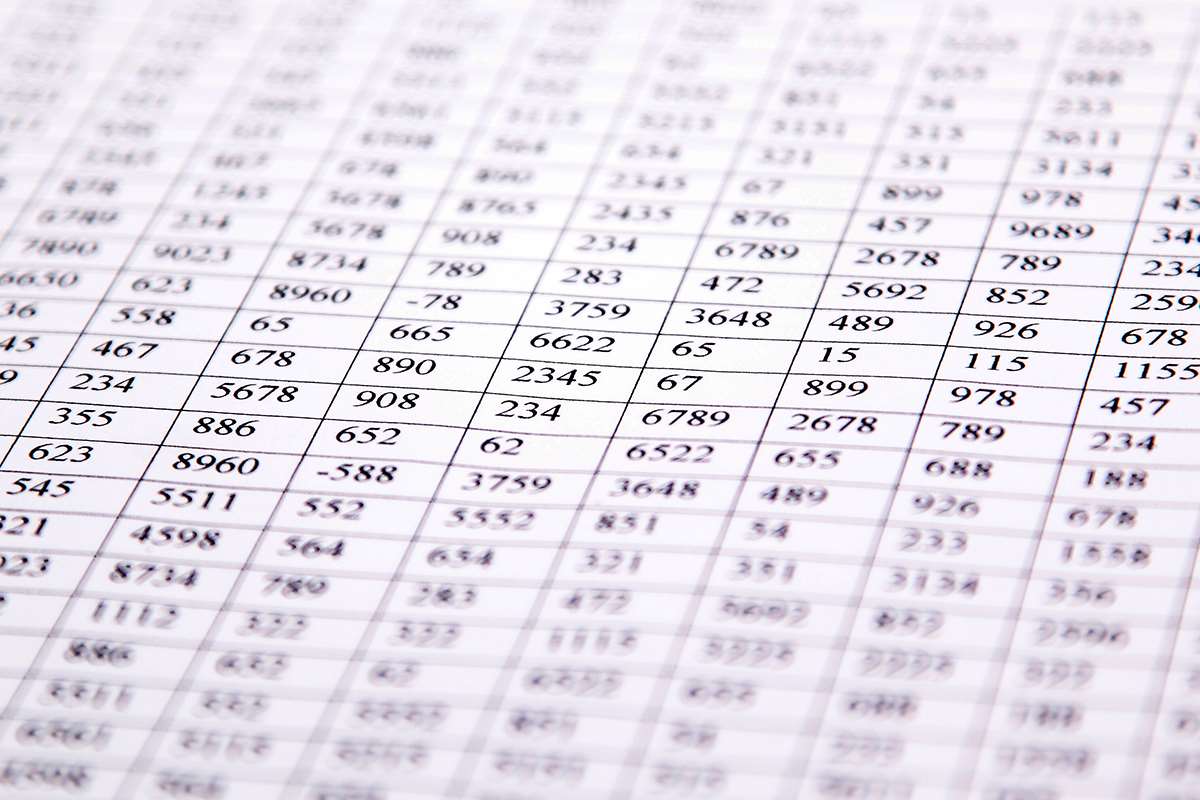
Analysts monitor a company’s investments in PP&E and any sale of its fixed assets to help assess financial difficulties. They include machinery, equipment, and buildings needed to make products or provide services. These fixed assets help companies create income by being part of the production process or by getting rented out. Plant assets are a critical component of any company’s financial foundation. They consist of long-term tangible property that businesses use to produce goods and services.
Recording Plant Assets in Accounting
- This helps both sides—the giver gets a tax write-off and the receiver gains valuable tools without cost.
- Here’s an overview of General Electric’s business and whether the stock would benefit investment portfolios.
- It’s crucial to recognize which of your assets are plant assets, regardless of their worth.
- Proper recording and classification of plant assets in accounting documents their cost, useful life, and depreciation, showcasing their value in the financial statements.
- Left by themselves, PP&E just sit there, but put into action by people with energy and purpose, they become a money-making machine.
- They normally show up as the first line item under non-current assets.
Selling property, plant, and equipment to fund business operations may signal financial trouble. Companies can also borrow from their PP&E as a floating lien, meaning the equipment can be used as collateral for a loan. Taking care of these assets makes sure they last longer and work better.
Types of plant assets
Knowing how to end a business note or email is an important skill to develop. It helps portray a sense of confidence, respect and tone to your message.. Based on the purpose of depreciation mentioned above, depreciation should only commence when the asset is ready for use and is at the location that it is intended to be used.
What is a double-declining depreciation?
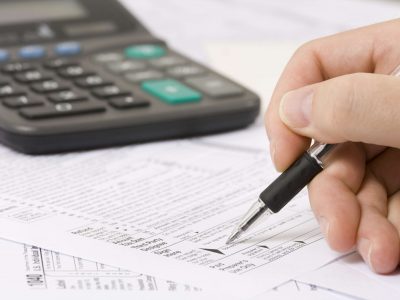
Asset management benefits from accurate depreciation tracking, as it affects financial statements and tax filings. Different industries may choose different depreciation methods to match their usage patterns better. Assets like computers and factory machines need regular upkeep to keep them running smoothly. Without good asset management, businesses could face downtime and high maintenance costs. In actual practice, it is not only difficult but impractical to identify how much of the plant assets have actually been used to produce business revenue. Hence, we will calculate depreciation proportionately based on the useful lives of the plant assets.
What Is Property, Plant, and Equipment (PP&E)?
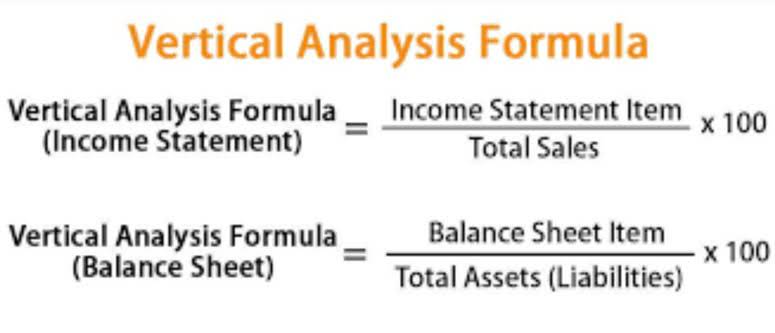
In the balance sheet of the business entity, these assets are recorded under the head of non-current assets as Plant, property, and equipment. In addition to buildings, plant assets also include both fixed and moveable equipment. Fixed equipment is part of the physical structure, like heating systems or fire sprinklers.
This category includes physical items like land, machinery, buildings, vehicles, and equipment. Plant assets and the related accumulated depreciation are reported on a company’s balance sheet in the noncurrent asset section entitled property, plant and equipment. Accounting rules also require that the plant assets be reviewed for possible impairment losses.

Depreciation methods can include straight line or declining balance. For example, a business spends £5,000 on upgrading the manufacturing machine to improve its efficiency. Therefore, the company would record the machine at £110,000 as the initial cost. When researching companies, the financial statement is a great place to start. The same process will be repeated every year at the end of the financial year.
What characteristics do plant assets have in common?
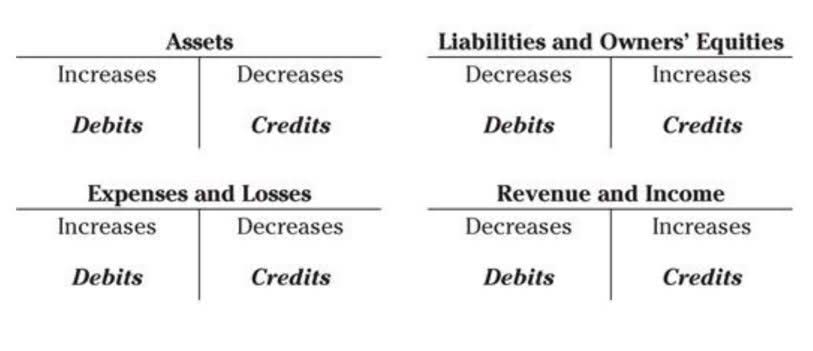
Knowing when equipment will likely need replacement helps plan capital expenditures wisely; this ensures continuous operation without unexpected downtime or costs due to failed assets. Moveable equipment differs because it can travel from place to place. Items such as laptops, tools, or machinery fall under this category. Keeping track of these assets helps businesses run smoothly and prevents loss or theft. Most companies, especially those that run fully in-house and do not rely on other parties for production or processing, require land. Even if a company does not operate on-site or own property, many businesses profit from purchasing land, even if they do not intend to use it until later.
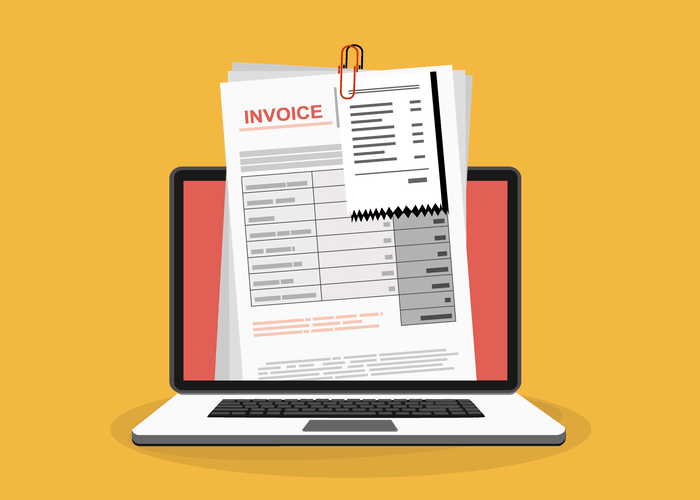
Companies manage their plant assets by keeping track of them, making repairs when needed, and replacing them at the right time. For example, straight-line depreciation divides an asset’s initial cost by its expected lifespan. They understand that good-looking and functional outdoor spaces often add value to real estate. Knowing when and how much to invest in improvements helps manage capital expenditures wisely. Asset management might not be the most thrilling topic on your to-do list, but it’s a critical piece of the business puzzle. If you’ve ever scratched your head wondering how to keep track of all the big-ticket items that your company relies on daily – from factory machinery to office computers – you’re not alone.
- Depending on the industry, plant assets may make up either a very substantial percentage of total assets, or they may make up only a small part.
- Plant assets are long-term fixed assets that are utilized to manufacture or sell a company’s products and services.
- Selling property, plant, and equipment to fund business operations may signal financial trouble.
- These are physical assets that are expected to be financially useful to a company for more than a year.
- The company’s top management regularly monitors the plant assets to assess any deviations, discrepancies, or control requirements to avoid misuse of the plant assets and increase the utility.
- This category includes physical items like land, machinery, buildings, vehicles, and equipment.
- For example, a company purchases a new manufacturing machine for £100,000.
By following a systematic acquisition process, businesses can ensure that they acquire the necessary plant assets to support their operations efficiently and effectively. There are different methods of depreciation that a business entity can use. Many business entities use different plant assets definition depreciation methods for financial reporting and tax purposes. Later on, the company will charge the depreciation according to the method of depreciation it usually follows. 18,000 USD must be charged to the plant asset account for every financial year as a depreciation expense.